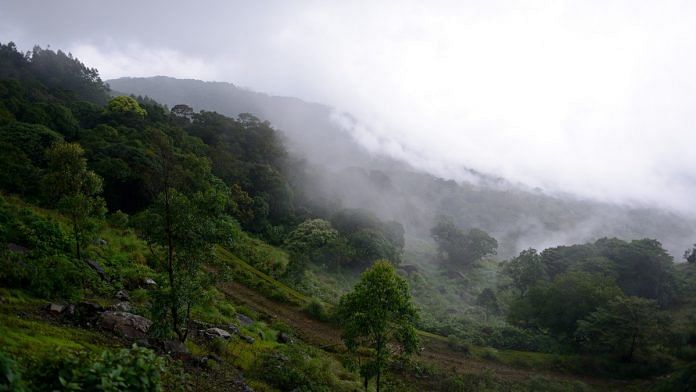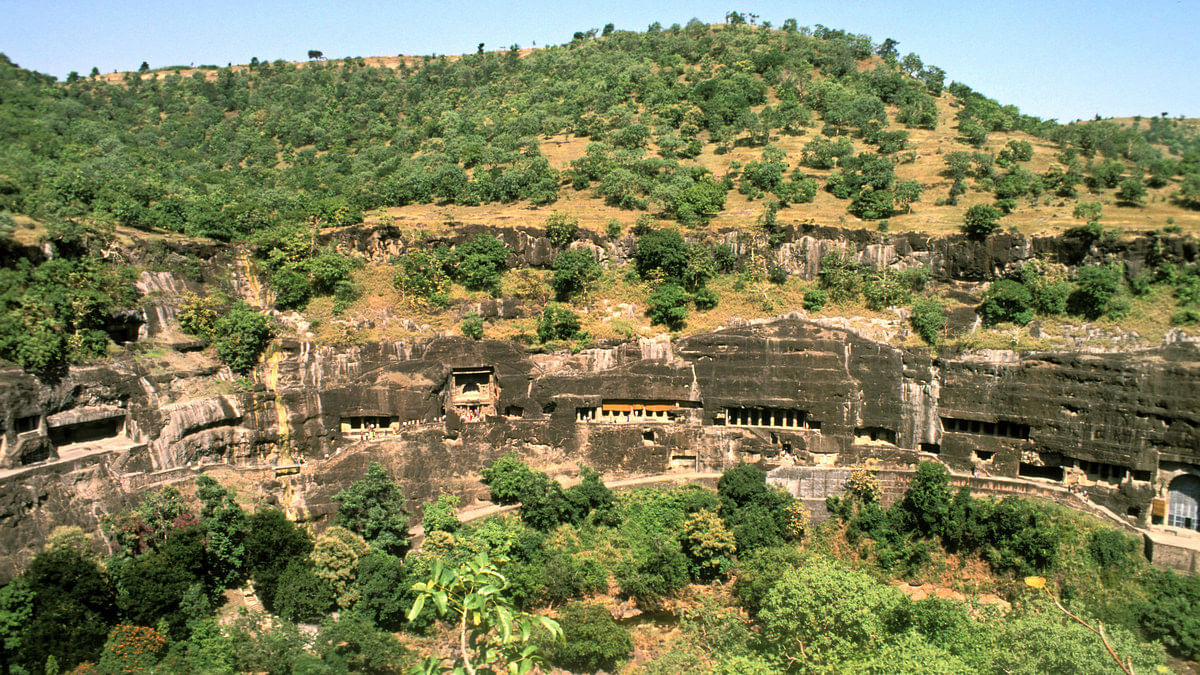
A team of researchers led by IIT-Bombay recognises vast economic potential in the famous geysers of Maharashtra’s Western Ghats.
Bengaluru: An IIT-Bombay-led team studying the famous geysers of the Western Ghats in Maharashtra has flagged their vast potential as a source of green energy as well as jobs.
Imagine natural geyser-powered spas à la Iceland and New Zealand in the lap of the lush green ghats, besides several other operations such as food preservation plants and aquafarming centres that can transform the local economy.
The team, comprising Trupti Chandrashekhar of the department of earth sciences at IIT-Bombay, and collaborators from IIT-Hyderabad, Rajiv Gandhi Institute of Petroleum Technology, Amethi, and the University of Florence, Italy, had set out to study a 350-km stretch of Maharashtra’s over 720-km coastline.
The region, called the west coast geothermal province (WCGP), is one of India’s seven geothermal areas. It has more than 60 hot water springs across 18 locations, where water steeped in minerals bursts forth at temperatures between 40 and 72 degrees Celsius.
Geysers in Maharashtra and the Konkan region are not unheard of, and are a source of water as well as medicinal and religious significance to locals.
Also read: Lavasa: Indian billionaire’s paradise has now become a hell on earth
But the researchers’ analysis has yielded evidence of the highly tappable potential of geothermal systems on the Maharashtrian coast, which they suggest could spawn a whole range of commercial operations.
“The west coast geothermal province serves as a ready platform for developing natural greenhouses (similar systems are in place at Turkey, Russia, Hungary, China and Italy), dehydration units for perishable food products (widely used in West Asia and the Schengen region), aquaculture centres and natural health spas (Wairaki, New Zealand, and Blue Lagoon, Iceland),” said Chandrashekhar, talking about some of the immediate uses the geysers could be put to.
“This can promote the growth of secondary and tertiary industries along with their associated direct and indirect job,” she added. “In addition to these uses, the heat from the earth can also be utilised for space cooling and space heating.”
For electricity
According to the researchers, given its intense rainfall, a geology comprising highly permeable rocks, and two, nearly 600-km-long, fault lines along the coast, the region has tremendous scope to generate geothermal energy.
Derived from the heat of the earth, geothermal energy is one of the cleanest and most sustainable sources of power. This energy is tapped using pumps dug through wells that go deep underground. The hot water can be used to generate electricity if tapped efficiently, and the costs for doing so are slowly but steadily dropping.
“The mid- and long-term development plan [for the region] could be centred on the use of geothermal energy for generating cheap, clean and base power generation systems, beginning with the drilling of 10-to-15-metre-deep exploration pits along the identified locations,” said Chandrashekhar.
“A good energy mix is the need of the hour,” said Chandrashekhar. “A source of geothermal energy can serve as a base load to power an eternal source of green energy.
“India has an immense potential for geothermal resource development… [It can] generate over 10,000 MW (per day) of power using geothermal resources,” she added.
For context, the peak power demand for Delhi during the heat-wave months of summer easily tops 6,000 MW per day.
From the heat of the earth
Hot springs and geysers are present all over the world in volcanically active regions, especially in countries like Iceland, whose famous erupting Geysir gave the phenomenon its name.
Water seeps below the surface through rocks, penetrates deep into the ground where the Earth’s inner heat starts to warm it, and is pushed upwards to the surface.
Around 65 million years ago, the coastal region of the Western Ghats was a series of active volcanoes called the Deccan Traps. Even today, this is one of the largest volcanic structures on the planet, covering a total area of 5 lakh square kilometres — roughly the expanse of Spain — through Maharashtra, Goa, Karnataka, and Madhya Pradesh.
When these volcanoes were active, they had incessant slow volcanic flows called basaltic flows.
In fact, one of the theories for the extinction of dinosaurs is the simultaneous release of noxious gases in global volumes from the Deccan Traps, an event believed to have been exacerbated by the meteorite that struck Earth. The Deccan Traps started erupting before the famous meteorite hit Chicxulub, Mexico, but the impact aggravated the volcanic flows.
Today, all volcanoes here are covered by several layers of basalt, which cooled down to form solid rock. We can see these volcanic remains all over Maharashtra. The iconic Ajanta caves are carved within these basalts.

Kilometres below this rock, magma bubbles, heating up rocks and soil for large distances above it, including lower parts of the inactive basalt. As water flows through these rocks, it gets heated.
Until now, it was believed that water seeped in only until this rock, and flowed through basaltic rocks, before emerging out again. However, Chandrashekhar and her team’s analysis of the area paints a different picture.
Below the basalt in the region are sedimentary layers of sandstone and limestone called the Kadalgi sediments. And further below these sediments are rocks called Precambrian granite that are billions of years old. It turns out that water seeps in and runs along this solid basement rock as well.
As the water flows linearly through the 350 km distance, through the Palghar, Raigad, and Ratnagiri districts of Maharashtra, getting heated all the while, it also picks up marine sediments
All of these combined impart into the seeping water minerals like boron, calcium, sodium, and chlorine. There are also other ions, trace and rare earth elements, and minerals like quartz and chalcedony. This infusion of minerals is why, all over the world, geothermally heated water is considered to have medicinal and healing properties.
Currently, geothermal waters have not been tapped for commercial use in India, with all geysers only serving as sites of religious significance or for bathing and cleansing.
Among other things, tapping geothermal energy for power will help India cut its import bill for coal, a stated goal of the government.
Iceland serves as an example: The country derives all of its electricity from geothermal and hydel power, and, in 30 years, completely removed its dependence on fossil fuel.

COMMENTS